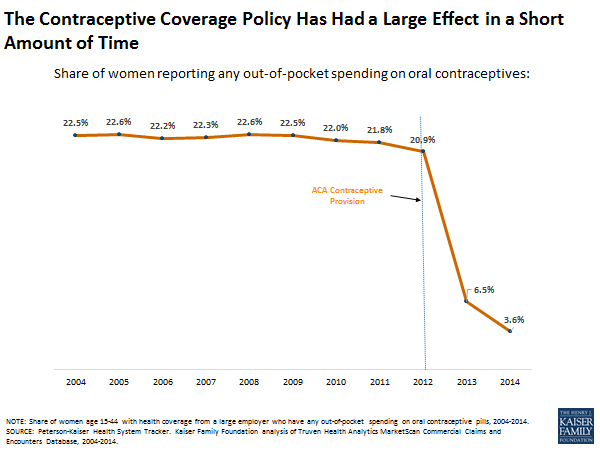The Affordable Care Act was a boon for women. As the chart below, from the Kaiser Family Foundation, illustrates, the percentage of American women without health insurance declined from 19.3 percent in 2010 to 10.5 percent in 2016.
And it wasn’t just low-income women who benefited in the form of premium subsidies or Medicaid eligibility. The ACA also:
- Forbade insurers from charging women higher rates for the same coverage. This was a common pre-ACA practice that experts estimate cost women $1 billion annually. Prior to the ACA, approximately 30 percent of plans charged women at least 30 percent more than men.
- Required all insurance plans to cover maternity care, including breastfeeding support and counseling. Prior to the ACA, plans purchased in the non-group and small employer markets weren’t required to provide this coverage. A small percentage of plans offered maternity benefit “riders,” which came with a price tag of up to $1,000 a month.
- Banned exclusions for pre-existing conditions (i.e. a prior C-section, or a history of depression or domestic violence).
The ACA also, somewhat controversially, required insurance plans to cover a full range of FDA-approved birth control options. Here’s what happened to the percentage of American women reporting out-of-pocket spending on oral contraceptives after the policy went into effect:

As the ACA repeal debate rages on, it’s worth being very clear about what the law accomplished for women across the income spectrum.





